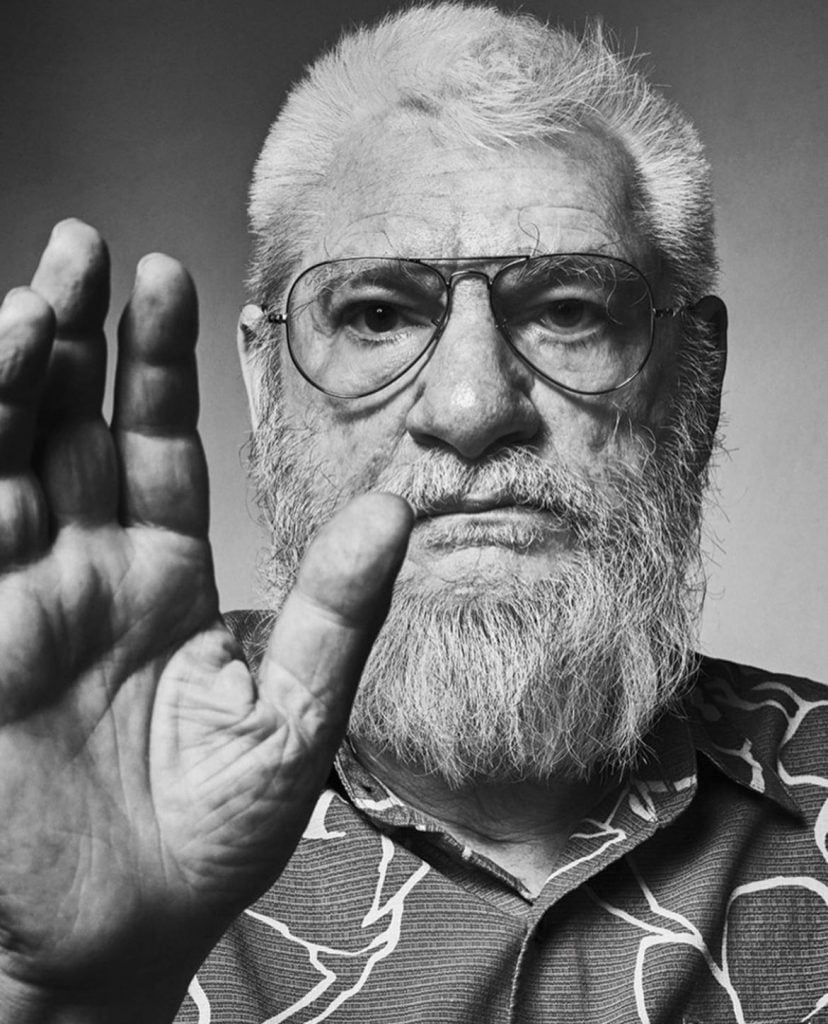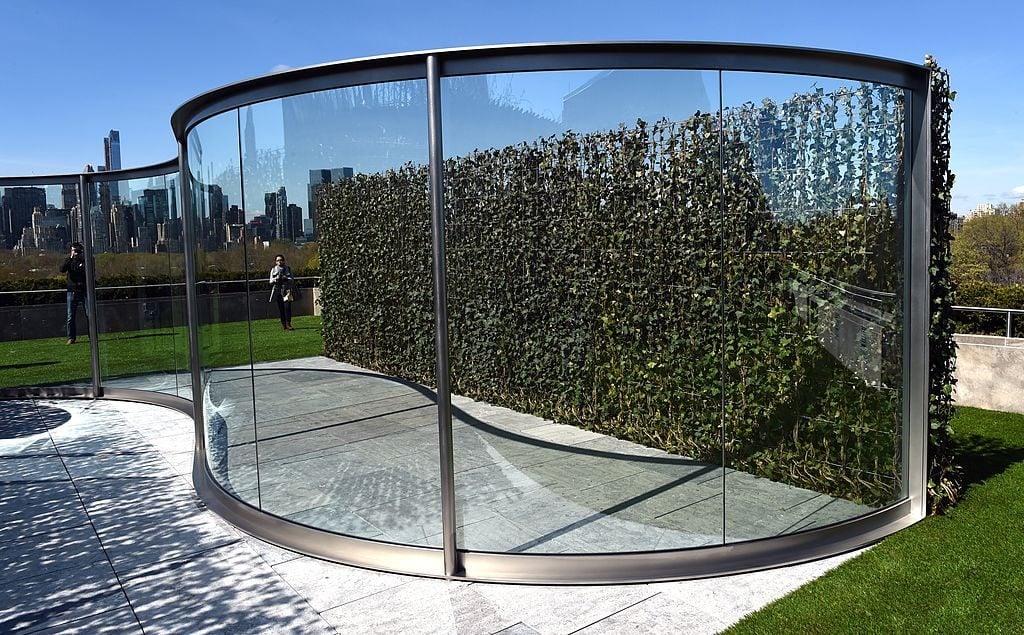People
The Visionary Artist Dan Graham, Who Was Known For His Glass Pavilions and Astrological Prowess, Has Died at 79
Graham famously disowned the term "conceptual art."

Graham famously disowned the term "conceptual art."

Kate Brown

The celebrated American artist Dan Graham has died. His galleries have confirmed that he passed away on Saturday, February 19, at age 79 in New York—the cause of death has not been announced. He is survived by his wife, artist Mieko Meguro.
A true multidisciplinarian, Graham worked across sculpture, writing, photography, and film. He was also extremely knowledgeable on a range of topics including astrology, rock music, and urban space, and was known to deliver animated talks on these subjects throughout the years. He co-wrote a book in 2014 that considered the star signs of famous architects.
Though he famously once said that he “disliked” conceptual art, noting that his work was rather about “anarchistic humor,” Graham was an important pioneer of text-based art, schematic poems, and textual wall pieces. Many of his artworks involved his audience, like Performer/Audience/Mirror from 1975, where Graham placed himself between seated viewers and a large mirror, drawing them into his performance by way of their reflection.

Hedge Two-Way Mirror Walkabout: Dan Graham’s Roof Garden Commission at the Metropolitan Museum of Art in 2014. Photo: Timothy A. Clary/AFP via Getty Images.
A joint statement shared by his galleries Lisson Gallery, Marian Goodman Gallery, 303 Gallery, and Regen Projects confirmed Graham’s death. “His wit, generosity, and irascibility will be sorely missed by all who knew him,” they wrote. “His influence over the past half century as a writer, photographer, architect, sculptor, filmmaker and performance artist is widely felt in the contemporary art world.”
Graham was born on March 31, 1942, in Urbana, Illinois. Though he had no formal art education, he founded and ran his own gallery, John Daniels Gallery, in New York during the 1960s. There he curated and exhibited artists Sol Lewitt, Donald Judd, and Robert Smithson. when he was in his early 20s in New York. After the gallery closed in 1965, he said the experience working in a commercial gallery context informed the kind of art he began to make, which he once described as a reaction to “gallery art” and the economic systems of art galleries.
Graham was most well-known for his so-called pavilions, steel and glass architectural outdoor structures which played with transparency and reflection. His first building version of this sculpture was installed permanently as Café Bravo at KW Institute for Contemporary Art in Berlin, a commission by Klaus Biesenbach in 1998. Other notable pavilions are at Hayward Gallery in London, the Walker Art Center in Minneapolis, and the Dia: Chelsea in New York.
“Graham intended his pavilions to function as punctuation marks, pausing or altering the experience of physical space, providing momentary diversion for romance or play,” the dealers wrote in their statement, “These deceptively simple structures recall many of the artist’s earlier experiments with perception, reflection, and refraction, but depart from them in their non-gallery setting as long-term additions to the landscape.”